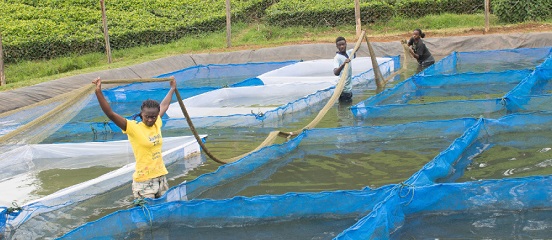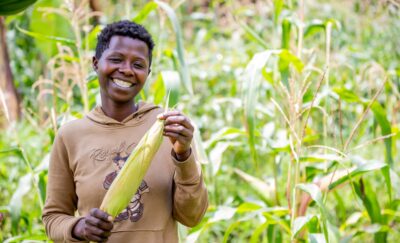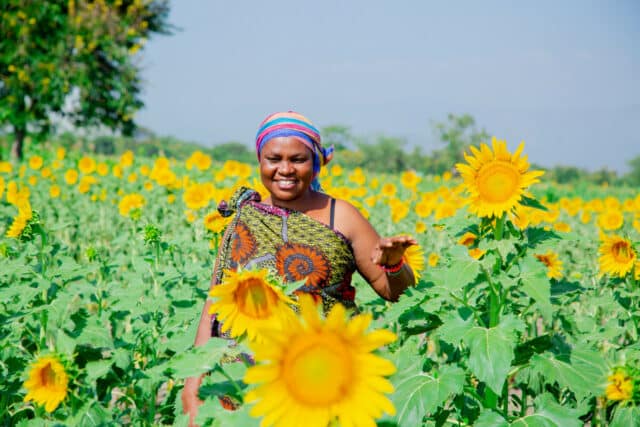News
8 December 2017
Fish feed trials underway in western Kenya

Farm Africa’s Kenya Market-led Aquaculture Programme (KMAP) is collaborating with the World Fish Center on a series of trials on tilapia production.
The trials, which are taking place at two sites in Kenya, one in a warmer region and one in a colder one, are comparing the use of different strains of tilapia and different types of fish feeds, using locally manufactured and imported feeds.
Fish feeds account for a high proportion of fish farmers’ costs, and the quality of feeds is a large determinant of yields, so the trial is designed to generate useful insight that can be used to help Kenyan fish farmers boost productivity and profits.
Farm Africa has released the first five of a series of nine videos outlining the process behind setting up the trials.
The first video, Fish farming: setting up ponds and hapas, shows how fishponds and hapas should be set up ready for tilapia production. Good pond production and knowledge on how to stock ponds are key to successful fish farming. The use of hapas (enclosures within a pond) are recommended for smaller tilapia weighing less than 5-10g each.
The video shows hapas being stocked and cover nets being installed to protect the fingerlings
The second video, Equipment needed for tilapia production, lists the equipment fish farmers need to set up a trial. Necessary items include hapas, waders, dissolved oxygen meters, water quality testing kits, weighing scales, thermometers, buckets, scoop nets, fish measuring boards and fishpond cover nets.
The video highlights the importance of using hapas to separate brood fish and fry.
The third video, Tilapia farming: routine activities, outlines what data are being collected on a regular basis as part of the trials. Conditions that are monitored on a daily basis include water temperature and dissolved oxygen levels. Feeds are also weighed daily. The fish are sampled and weighed on a weekly basis.
The video also outlines necessary pond maintenance activities, such as clearing the area around fishponds and checking cover nets are in good order.
The fourth video Tilapia farming: sampling outlines how the trial is using four different types of feed, two imported and two local, and three different strains of tilapia. During a full sampling exercise taking several days, the stocking rate of hapas was reduced and the feed regime was changed from starter feeds to grow feeds.
The fifth video Tilapia farming: interview with sampling team features interviews with members of the project team responsible for sampling fish and monitoring their growth rate, and monitoring water quality by tracking indicators such as pH, ammonia, temperature and dissolved oxygen.
The fish feed trials will last six months and results will be shared in 2018 in a scientific journal.




